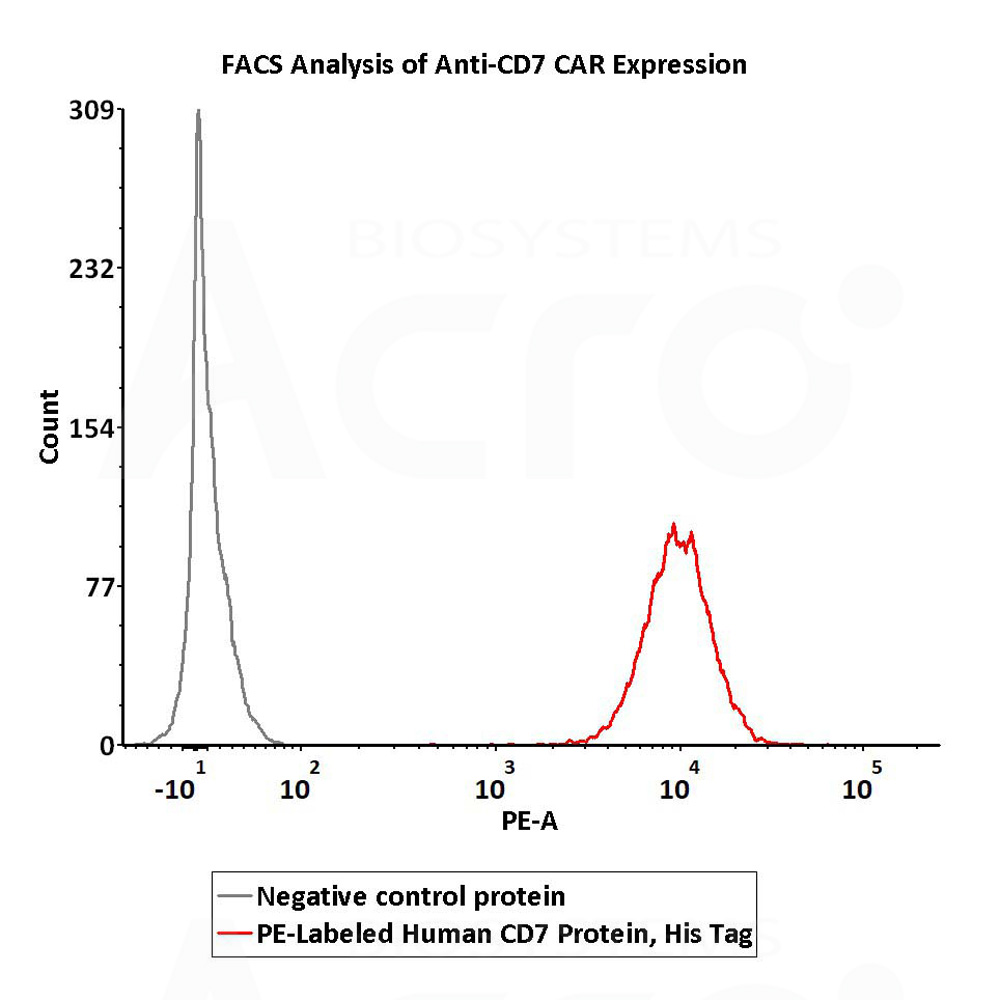The Effect of T-Lymphocyte Subgroups at Diagnosis on The Prognosis of Chronic Lymphocytic LeukemiaSeyithanoglu, Sert, Ozbalak
et alActa Haematol (2025)
Abstract: Changes in the number and functional capacity of T-lymphocytes have been reported in chronic lymphocytic leukemia (CLL) patients. The aim of this study was to examine the prognostic significance of T-lymphocyte subgroups in CLL patients.Eighty-three previously untreated patients were retrospectively enrolled and flow cytometry results at diagnosis were examined. No difference was found in T-lymphocyte parameters according to age, gender, and disease stage.The CD4 and CD7 percentages, CD4/MBC (Malignant B Cell), CD8/MBC, and CD7/MBC values at diagnosis were significantly lower in patients with a progressive disease. T-lymphocyte percentages were significantly lower in deceased patients. In the univariate regression model, T-lymphocyte percentages, T-lymphocyte/MBC ratios, HLA-DR+ percentage, Rai stage (intermediate + high risk), Binet stage (B+C), and beta-2 microglobulin level had significant effects on both progression-free survival (PFS) and overall survival (OS); treatment status (yes) had a significant effect only on PFS, while age at diagnosis (≥ 65 years) had a significant effect only on OS. In the multivariate regression model, Rai stage, CD7/MBC ratio, and treatment status (yes) had a significant effect on PFS; Rai stage and CD8/MBC ratio had a significant effect on OS.Lower T-lymphocyte/MBC ratios at diagnosis could be a marker for higher risk of CLL progression.The Author(s). Published by S. Karger AG, Basel.
Genetic Characterization and Zoonotic Analyses of Enterocytozoon bieneusi from Cats and Dogs in Shanghai in ChinaZhang, Zhang, Mi
et alVector Borne Zoonotic Dis (2025)
Abstract: Background: Enterocytozoon bieneusi is reported to be a common microsporidian of humans and animals in various countries. However, limited information on E. bieneusi has been recorded in cats (Felis catus) and dogs (Canis familiaris) in China. Here, we undertook molecular epidemiological investigation of E. bieneusi in cats and dogs in Shanghai, China. Methods: A total of 359 genomic DNAs were extracted from individual fecal samples from cats (n = 59) and dogs (n = 300), and then were tested using a nested PCR-based sequencing approach employing internal transcribed spacer (ITS) of nuclear ribosomal DNA as the genetic marker. Results: Enterocytozoon bieneusi was detected in 34 of 359 (9.5%) (95% confidence interval [6.7 - 13.0%]) fecal samples from cats (32.2%; 19/59) and dogs (5.0%; 15/300), including 24 stray cats and dogs (22.6%; 24/106), as well as 10 household/raised cats and dogs (4.0%; 10/253). Correlation analyses revealed that E. bieneusi positive rates were significantly associated with stray cats and dogs (p < 0.05). The analysis of ITS sequence data revealed the presence of five known genotypes, CD7, CHN-HD2, D, PtEb IX, and Type IV, and two novel genotypes, D-like1 and PtEb IX-like1. Zoonotic genotype D was the predominant type with percentage of 61.8% (21/34). Phylogenetic analysis of ITS sequence data sets showed that genotypes D, D-like1, and Type IV were clustered within Group 1, showing zoonotic potential. The others were assigned into Group 10 with host specificity. Conclusions: These findings suggested that cats and dogs in Shanghai harbor zoonotic genotype D of E. bieneusi and may have a significant risk for zoonotic transmission. Further insight into the epidemiology of E. bieneusi in other animals, water, and the environment from other areas in China will be important to have an informed position on the public health significance of microsporidiosis caused by this microbe.
Analysis of Antigen Expression in T-Cell Acute Lymphoblastic Leukemia by Multicolor Flow Cytometry: Implications for the Detection of Measurable Residual DiseaseSemchenkova, Mikhailova, Demina
et alInt J Mol Sci (2025) 26 (5)
Abstract: Multicolor flow cytometry (MFC) is a key method for assessing measurable residual disease (MRD) in acute lymphoblastic leukemia (ALL). However, very few approaches were developed for MRD in T-cell ALL (T-ALL). To identify MRD markers suitable for T-ALL, we analyzed the expression of CD2, CD3, CD4, CD5, CD7, CD8, CD10, CD34, CD45, CD48, CD56, CD99, and HLA-DR in T-ALL patients at diagnosis. The median fluorescence intensities (MFIs) of surface CD3, CD4, CD5, CD7, CD8, CD45, CD48, CD99, and CD16+CD56 were also evaluated at Day 15 and the end-of-induction (EOI). The MFC data from 198 pediatric T-ALL patients were analyzed retrospectively. At diagnosis, the most common antigens were identified, and the MFI of T-lineage antigens in blasts was compared to that in T lymphocytes. At follow-up, the MFIs of the proposed MRD markers were compared to those observed at diagnosis. The most common T-ALL antigens were CD7 (100.0%), intracellular CD3 (100.0%), CD45 (98.5%), and CD5 (90.9%). The MFIs of T-lineage antigens in blasts differed significantly from those in T lymphocytes. By the EOI, a substantial modulation of sCD3, CD4, CD5, CD7, CD8, and CD45 was observed. CD48 and CD99 were the most stable markers. The proposed MRD markers (sCD3, CD4, CD5, CD7, CD8, CD45, CD48, CD99, CD16+CD56) enabled MFC-MRD monitoring in virtually all T-ALL patients.

























































 膜杰作
膜杰作 Star Staining
Star Staining
















